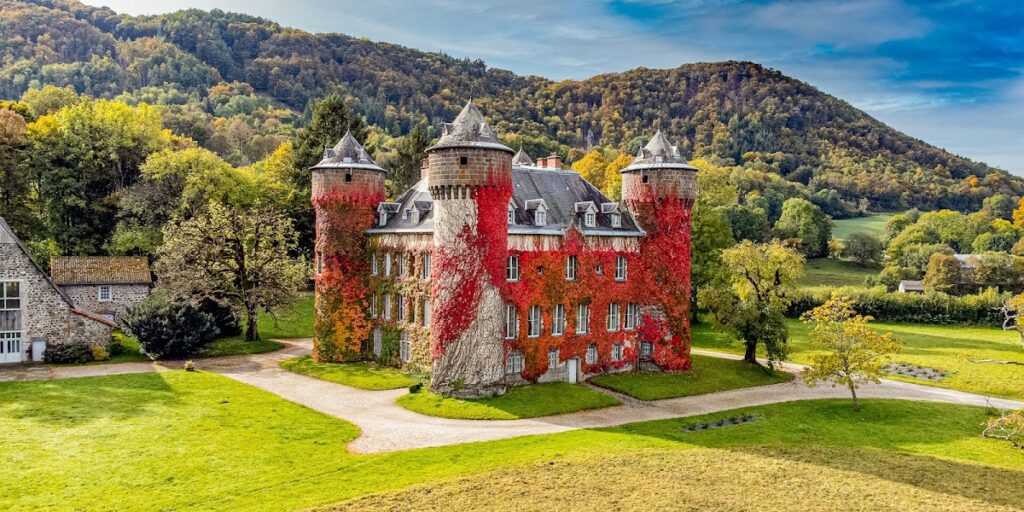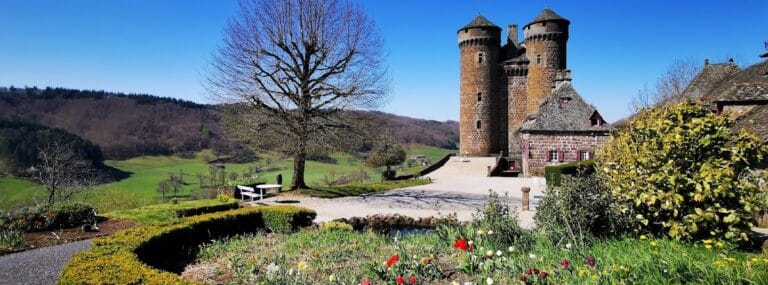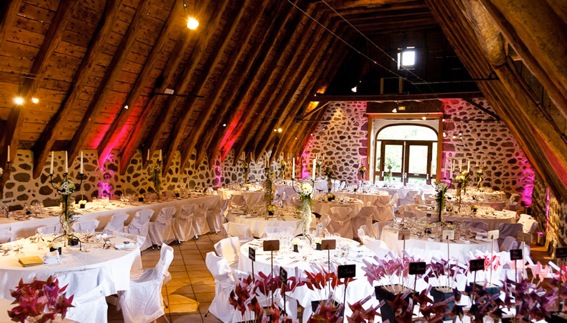Château de Sedaiges: A Historic Medieval Castle in Marmanhac, France
Visitor Information
Google Rating: 4.6
Popularity: Low
Google Maps: View on Google Maps
Official Website: chateausedaiges.fr
Country: France
Civilization: Unclassified
Remains: Military
History
The Château de Sedaiges is situated in the commune of Marmanhac in modern-day France. It was originally built during the medieval period by local noble families, serving both defensive and residential purposes.
The earliest recorded ownership of the castle traces back to the Sedaiges family in the 13th century, a lineage that had strong ties to the region. However, the castle faced significant destruction during the tumultuous years of the Hundred Years’ War. Following this period of conflict, the castle was rebuilt after 1461, reflecting efforts to restore its fortifications and habitability. In 1442, ownership transferred to the Caissac family, who were granted authorization in 1452 to fortify the castle with towers and defensive features such as machicolations — stone openings used to drop projectiles on attackers.
During the 18th century, the Béral de Massebeau family took stewardship of the estate. Under their tenure in 1741, the castle underwent modernization that included enlarging windows and updating interior wood paneling, marking an adaptation from purely military needs to increased comfort and style. Later in the 19th century, around 1865, architect Parent led a significant renovation that introduced neo-Gothic elements. These changes preserved the castle’s historic layout but refreshed its appearance through decorative Gothic revival features such as pointed window and door frames, as well as a battlement walkway atop the corner towers.
Ownership eventually passed to the Riverieux de Varax family through marriage and succession, continuing an unbroken lineage of custodianship since the mid-15th century. The castle has been recognized for its heritage value and was officially registered as a historic monument on 24 September 1987. Its interiors have been preserved to retain original furnishings and collections of everyday items and toys, representing the varied eras of its long habitation.
Remains
The Château de Sedaiges presents a clearly defined layout characterized by a square, three-story main building with four round towers at each corner. This design dates originally to the post-Hundred Years’ War reconstruction in the mid-15th century, reflecting the medieval focus on fortified residences. The towers, constructed in stone, provided defensive strength and were enhanced with machicolations—openings between the supporting corbels of parapets used to protect the castle from attackers below.
Throughout its history, the castle underwent notable alterations that showcase the evolution of its use and style. In 1741, modifications introduced larger windows and interior wood paneling in certain rooms, highlighting a shift toward greater comfort and natural light. The expansions utilized traditional materials and techniques in keeping with the building’s medieval origins but adapting to contemporary tastes.
The most transformative changes took place in the late 19th century under architect Parent, who renovated the castle in a neo-Gothic fashion. Among these adaptations was the addition of decorative framing around windows and doors reminiscent of 15th-century Gothic designs, providing a stylistic link to the medieval past while embracing 19th-century revivalism. A prominent battlement walkway was installed along the tops of the four towers, modeled after the historic battlements on the castle’s southern side, creating a uniform defensive silhouette.
One of the castle’s most notable modifications involved the central courtyard, which was covered with a roof and converted into an interior hall. This newly enclosed space featured woodwork and painted decorations designed in a late Gothic style, enriching the castle’s interior atmosphere and demonstrating a blend of architectural function with artistic detail.
Surrounding the castle is a significant park that includes an orchard, vegetable garden, and water features. These landscape elements have been preserved as integral components of the estate, reflecting the castle’s role not only as a defensive stronghold but also as a noble residence with cultivated grounds.
Today, the Château de Sedaiges stands restored with much of its architectural and decorative heritage intact, preserving the physical evidence of its medieval origins, 18th-century modernization, and 19th-century neo-Gothic revival.










